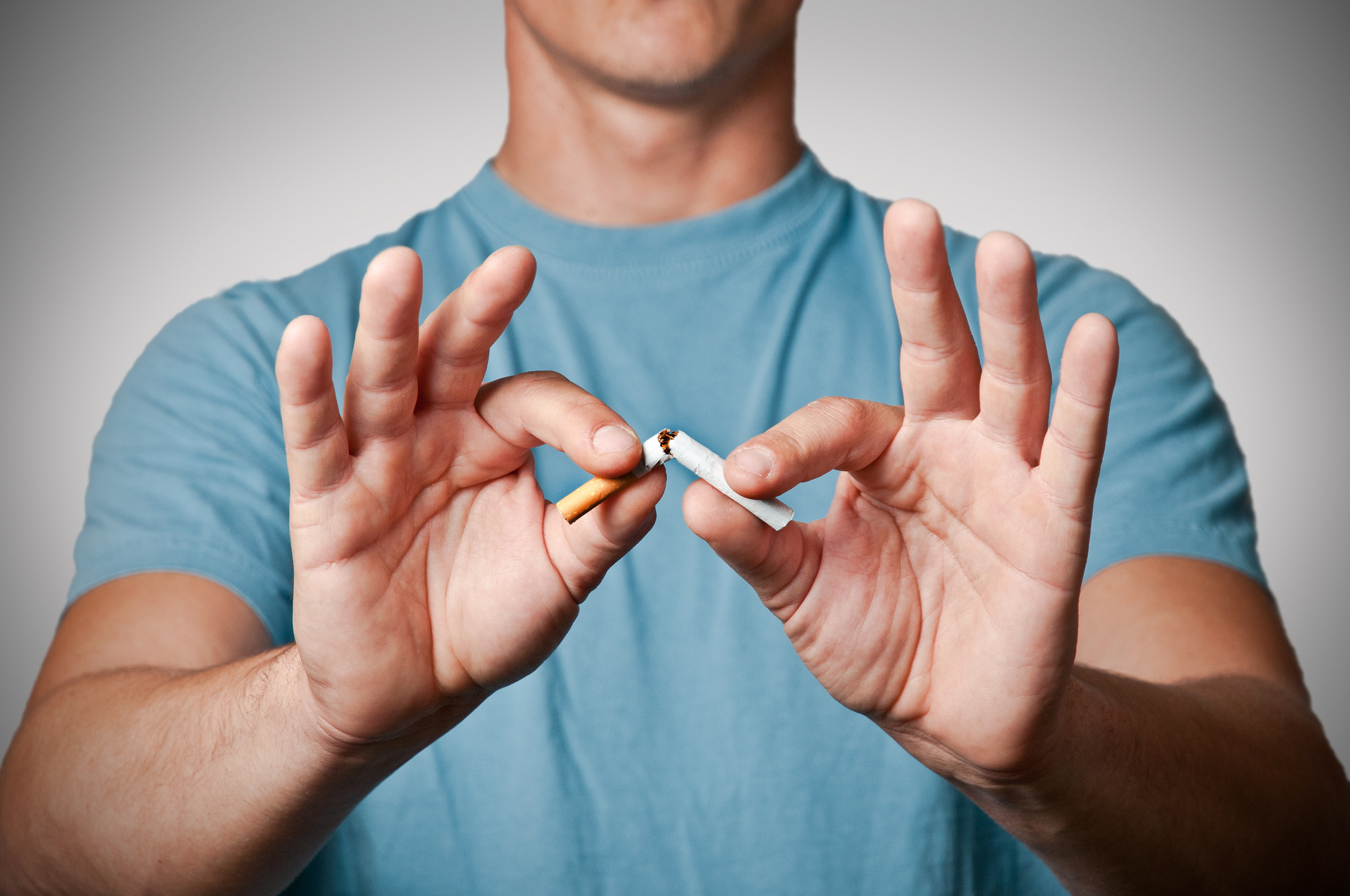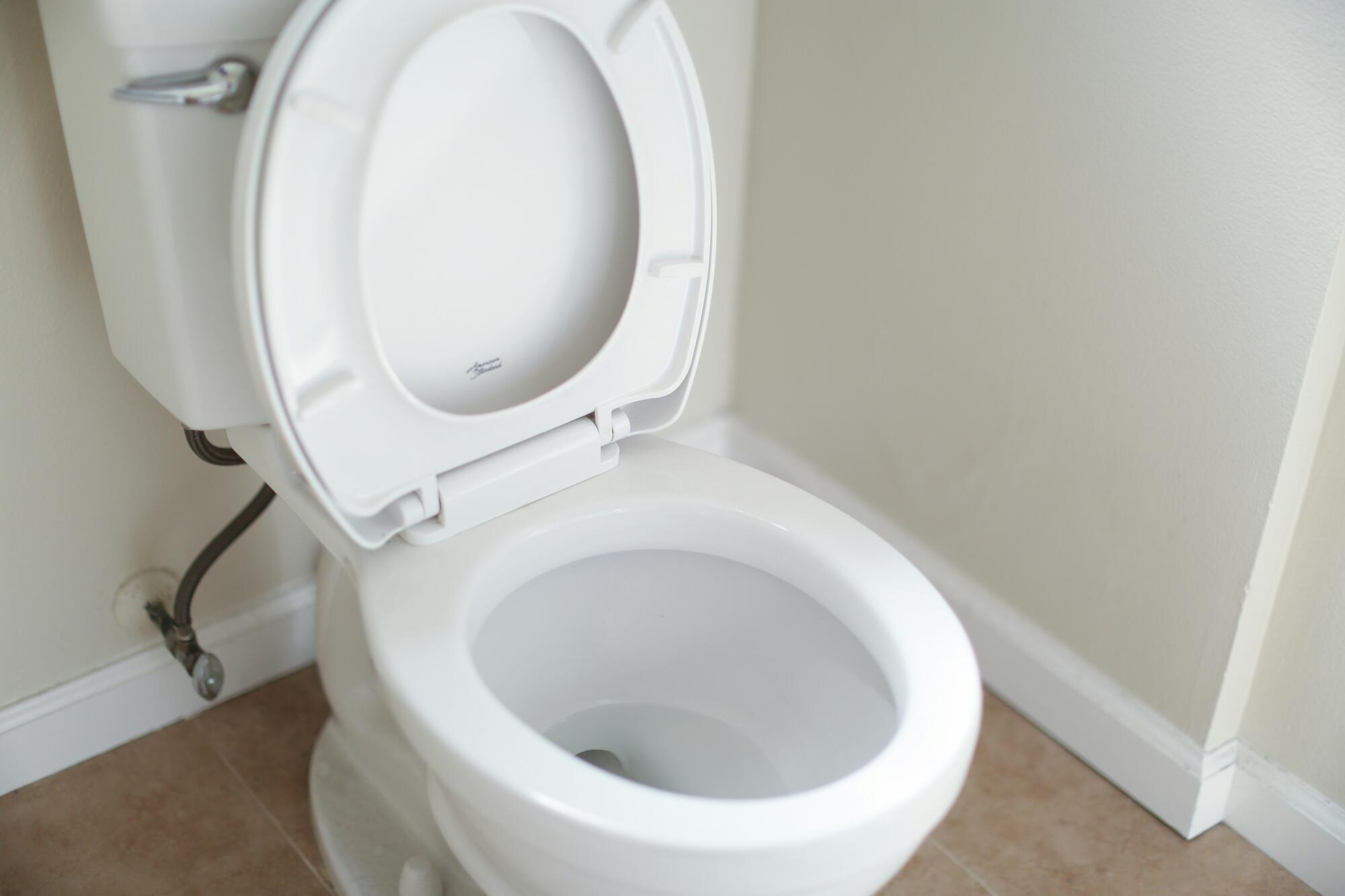
How to Cope When You Quit Smoking: A Nicotine Withdrawal Timeline

So you’ve made the choice to quit smoking and leave nicotine behind. You join hundreds of millions of people who want to breathe more freely and leave this unhealthy habit in the past.
It won’t be easy, at least not at first. After as few as 3 days you will start seeing results, and from there it gets easier every day.
Withdrawal is a process everybody who has used nicotine goes through – knowing what to expect, what the nicotine withdrawal timeline looks like, and what help is available makes all the difference in effectively following through.
What To Expect From Withdrawal
Cigarette withdrawal and tobacco withdrawal are marked by symptoms unique to the smoking cessation process. Unlike many harder drugs, none of these symptoms are immediately fatal but are frustrating to deal with nonetheless.
Withdrawal symptoms include:
- A much stronger appetite
- A mild to a moderate persistent headache
- Fatigue and insomnia
- A noted cough as your lungs try to self-regulate
- Short-term behavioral changes (you might become more irritable, depressed, or anxious)
- And cravings for nicotine that come and go regularly
Different people will experience different symptoms. Speaking generally, these are the withdrawal symptoms to expect when quitting. Some less common symptoms that are worth mentioning include:
- Constipation, which depends on your level of nicotine use
- Weight gain, which depends on your regained appetite
- Dizziness, which can come alongside a headache
If your goal is to simply quit tobacco, there are lots of alternatives to wean yourself off with. Electronic cigarettes can serve as a temporary replacement that allows your lungs to start cleaning nicotine gunk out, but it won’t help in quitting nicotine entirely.
Using a nicotine patch or nicotine gum helps with short-term cravings, but if your goal is to quit nicotine you will eventually need to make the decision to stop seeking nicotine altogether.
Nicotine Withdrawal Timeline
Now that you know what to expect when you quit smoking, it’s important to understand the nicotine withdrawal timeline too. Overall, you can expect to face these symptoms anywhere from a month to three months. At a certain point – and you’ll be able to tell when that time comes – it’s all up to your own determination to stay nicotine-free.
Last Smoke to 4 Hours After
After having your last smoke, or your last patch/gum, the withdrawal symptoms will start. It’s similar to what happens when you wait a few hours between smoking sessions, but this time you won’t have a cigarette to fall back on. This is the part where dreading the rest of the process starts to set in – but stay strong, and don’t reach for another puff.
12 Hours After
Now that you haven’t had any nicotine for half a day, you will feel yourself being strongly pulled towards a smoke. Smoking is a habit, and you may find yourself at a loss of how to fill the time without a cigarette in hand. It helps to resist these cravings to engage in another activity, such as exercise or picking up a new hobby.
1 Day After
A full day after your last cigarette or use of nicotine you may find yourself experiencing the physical and emotional withdrawal symptoms mentioned above. Irritability, anxiety, and headaches are especially common at this point in the process, as well as an increased appetite.
From here on out, it is especially important to avoid places and people who might tempt you back into smoking. Avoid old hangouts and partaking in other activities like drinking and you will find it much easier to stop thinking about that next smoke.
2-3 Days After
For many, this is the harsh peak of the withdrawal symptoms. You will feel fatigued, depressed, and the cough will really start to set in. This is all to be expected – your lungs can’t exactly clean themselves out if you’re pumping smoke into them! You may start to feel fewer cravings, depending on how often you used nicotine. Physically, expect to continue to feel some mild effects of the nicotine leaving your body.
1 Week After
One week after you quit smoking the noted withdrawal symptoms of smoking cessation will become less and less powerful. You may still experience mild headaches, mild anxiety, and the cough will still be hanging around. Your cough will likely stick around for a few weeks, but it’s all part of the process. You might even regain a lost sense of smell and taste in the first week – it’s much easier for your tongue to sense great flavors when it’s not being burned by smoke!
Up To 1 Month After
From the first week after smoking to the fourth week, the cravings and symptoms will continue to die down. Your behavioral symptoms (anxiety depression and irritability) will become less severe as the days go on and you will find yourself returning to a “normal” state.
Your cough might even disappear in this time, which is a signal that your body has almost totally rid itself of nicotine.
Beyond 1 Month
For most, it really only takes a single month of dedication to totally quit smoking and rid your body of withdrawal symptoms. For some, though, these symptoms may continue for up to three months – this is typically true for chain smokers and excessive nicotine users.
Even then, your symptoms will be far, far less severe one month in than they were a few days after your last smoke.
The professionals all agree on one thing: from this point on, it’s all up to your own force of will. Keep your head in the game, avoid triggers, and a life without nicotine will be easier to reach than you think.
It’ll Be Hard, But Only For A Little While
If you’ve made the decision to quit smoking, it won’t take years or longer to fix the harm you’ve done to your body. In just the first day your body will begin repairing itself, and even though it might hurt, you’ll be healthier, more comfortable in your skin, and not controlled by nicotine.
Knowing the symptoms you can expect and the nicotine withdrawal timeline is essential to weathering out the month. With the right knowledge and support, anything is possible – even quitting one of the most addictive drugs in the world.
For more healthcare and self-help advice, check out the trove of articles available over at Kiwi Health.

